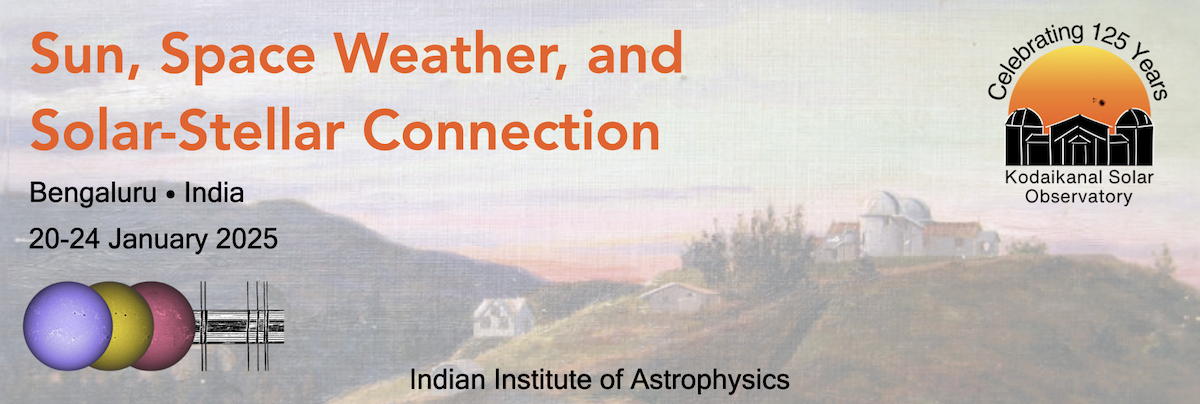Speaker
Description
The Extreme UV Imager (EUI) on-board Solar Orbiter consists of three telescopes, two high-resolution imagers providing information on the corona and the chromosphere, and an EUV full-disk imager that does not only allow to observe the whole solar disk but provides us with unprecedented information of the corona far above the limb in a coronagraphic mode. Hence, the scientific results through EUI range from new insights into the smallest coronal structures ever resolved in the EUV to the large-scale evolution, e.g. of CMEs, at much larger distances above the limb than what was possible before. In this short overview I will concentrate on dynamic features in the quiet Sun, coronal holes and active regions and how these might be understood with the help of (coronal) models. The comparison of models and observations gives new insight into the mass and energy supply at the base of the solar wind through small-scale jets or of the heating of small-scale brightening through magnetic reconnection processes, to name just two examples. However, there are also coronal features or properties that elude an explanation by current models. Many modern 3D models of coronal features are driven by the near-surface magneto-convection, which allows us to address the question how (small-scale) magnetic patches evolve and through this energize the upper atmosphere of the Sun. Together with observations of the photospheric magnetic field, on Solar Orbiter with the PHI instrument, this can put new constraints on our understanding of the structure, heating and dynamics of the Solar atmosphere.
| Contribution Type | |
|---|---|
| Theme | Solar Magnetism in High-Resolution |

